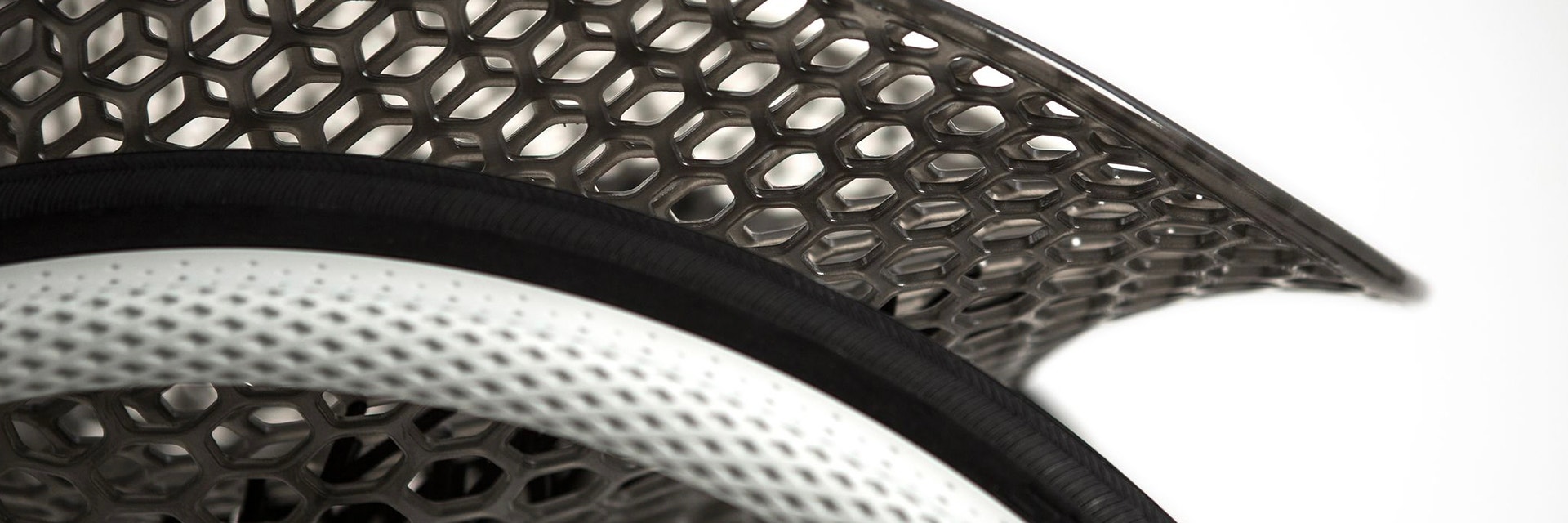CUSTOMER STORY
The GO Wheelchair: A Bespoke Solution for Wheelchair Users
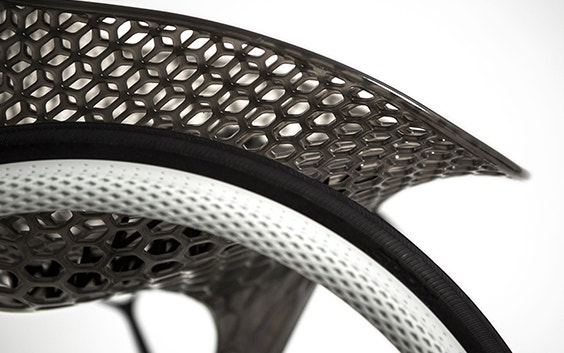
Benjamin Hubert of design agency Layer is the creative force behind the GO Wheelchair, the world’s first 3D-printed consumer wheelchair. Initially not a part of the project, 3D printing became the obvious choice for this innovative concept that could drastically alter the daily life of wheelchair users.
Although Benjamin Hubert comes from a background in furniture design, the idea to design a wheelchair came about very naturally. As an industrial designer, he is constantly thinking about opportunities to use cutting-edge technology to solve and improve real-life problems and with the GO Wheelchair, sought to create a more human-centered vehicle to improve the everyday lives of users.
Same concept, different approach
The project went through a two-year development cycle, which included an intense research phase in which Layer worked closely together with medical professionals and wheelchair users.
After establishing problem areas — traditional wheelchairs are not tailor-made to the person’s body, which induces discomfort and pain — Benjamin and his team set about creating a design that would both improve user comfort and safety, as well as remove some of the stigma surrounding wheelchairs.
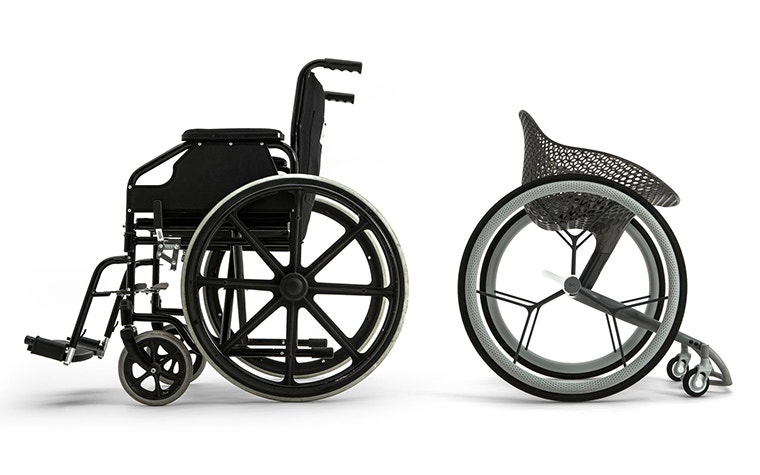

3D printing the obvious choice
Benjamin has known and worked with Materialise for many years, but 3D printing was initially not a part of the project. However, since a big part of the design was driven by the need to reduce injury, improve comfort and make a product that could perfectly fit a wide range of wheelchair users, 3D printing became an obvious choice in making a chair that was easy to manufacture, yet completely customized to the consumer’s body.
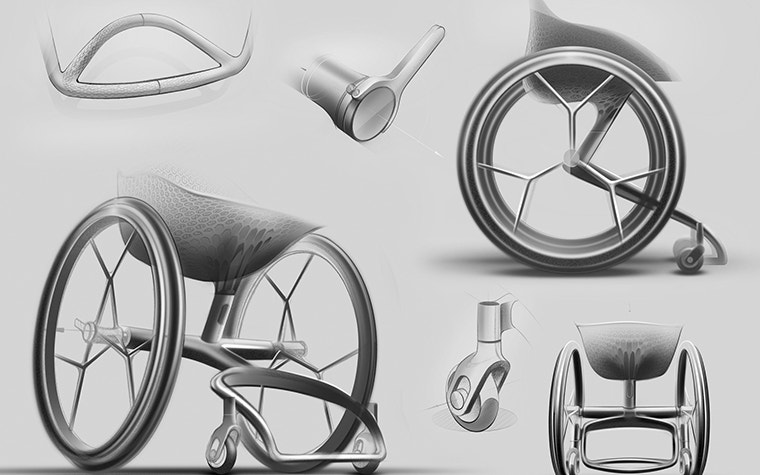

“For the GO wheelchair, 3D printing for manufacture is the most appropriate and powerful technology available to capture each individual’s unique body shape. ”
— Benjamin Hubert, Experience Designer, Layer Design
For the prototype, the concept was almost entirely 3D printed, with printed parts including the seat and footrests, which will be the made-to-measure components if the concept is adopted for full-scale production.
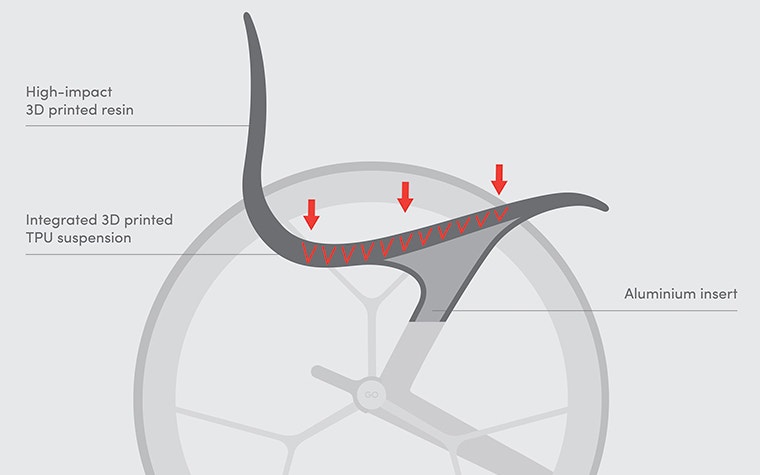

In Benjamin’s words, “For the GO wheelchair, 3D printing for manufacture is the most appropriate and powerful technology available to capture each individual’s unique body shape to enhance the form and format of a very necessary product and provide exceptional performance.
“We listened to the stories of wheelchair users and medical practitioners and then translated those stories into insights that helped us to transform the wheelchair as we know it today.”
In the future, the goal would be to design the form of the custom-made 3D printed elements of the wheelchair according to the biometric information of each individual customer. Together with the unique GO Glove system, the GO wheelchair aims to bring the daily experience of wheelchair users to a new level.
Compartir en:
Puede que también le guste
Nunca se pierda una historia como esta. Recíbalas todos los meses en su bandeja de entrada.
